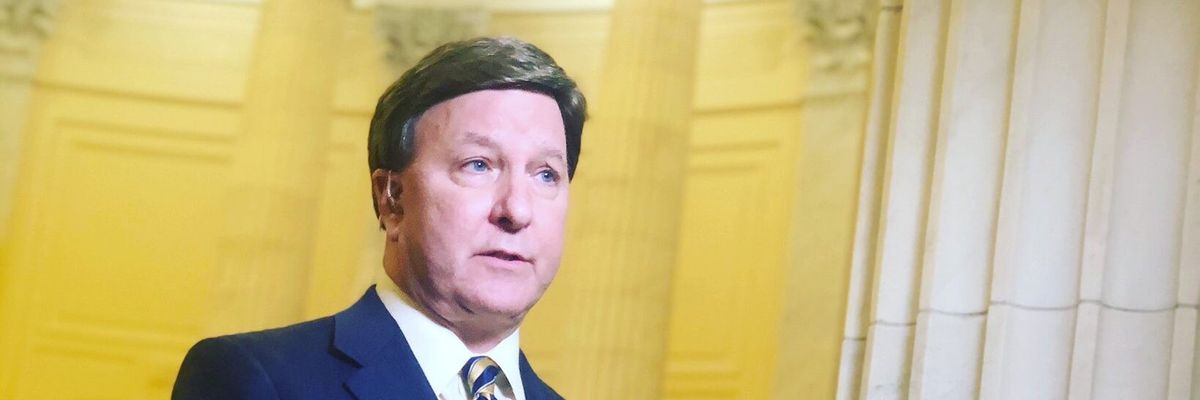Rep. Mike Rogers (R-Ala.) promised to cut Pentagon spending during his first meeting as chairman of the House Armed Services Committee.
“We will closely examine programs to determine if they actually provide the capabilities we need to defeat the threats we face,” Rogers said, noting that wasteful programs would be cut. “I expect we’ll find a lot of savings at the Pentagon.”
In an interview with the Hill, Rogers added more details about which programs could be on the chopping block. “We’re going to cut money that’s being spent on wokeism, we’re going to cut legacy programs, we’re going to cut a lot of waste,” he said.
The comments are an early indication that the new HASC chair will try to implement a January deal whereby Rep. Kevin McCarthy (R-Calif.) reportedly agreed to freeze federal spending at 2022 levels to earn Republican support in his bid to become speaker of the House. In practice, this would reverse the $75 billion boost the Pentagon budget received for fiscal year 2023.
If Rogers follows through on his pledge, it would represent a remarkable policy shift for the Alabama lawmaker, who has long supported increases to defense spending and received more money from arms makers in 2022 than any other candidate.
Notably, the HASC chair tempered his remarks by highlighting the importance of modernizing the U.S. military, which “will cost a lot of money.”
“We cannot shy away from that investment,” he said. “China is fielding these technologies today. We don’t have a choice.”
Rogers appears to have the support of Speaker McCarthy, who made similar comments last month when asked whether military cuts would be on the table. He can also likely count on the backing of Reps. Austin Scott (R-Ga.) and Elise Stefanik (R-N.Y.), two HASC members who recently backed a reduction in defense spending.
Other House Republicans have been less enthused about proposals to lower the military budget, including HASC member Rep. Jim Banks (R-Ind.), who told the Hill that he would vote against any such effort.
With an almost even split between Democrats and Republicans in the House, Rogers and McCarthy will likely have to rely on support from more dovish Democrats in order to pass spending cuts. But they could face an uphill battle if they continue to rhetorically focus on cutting so-called “woke” programs, including diversity and inclusion initiatives and efforts to make the U.S. military more green.















